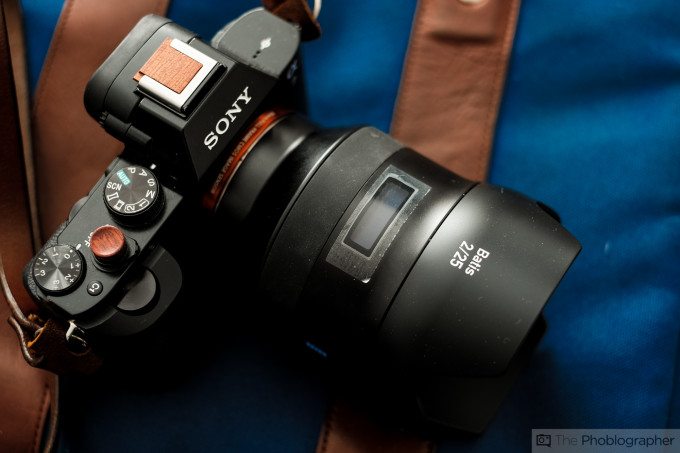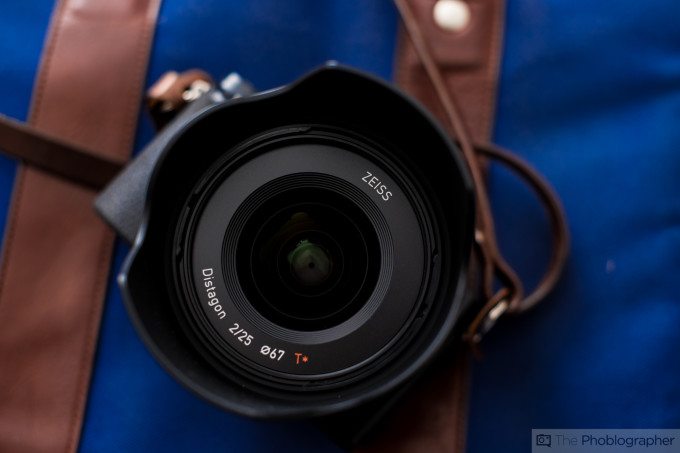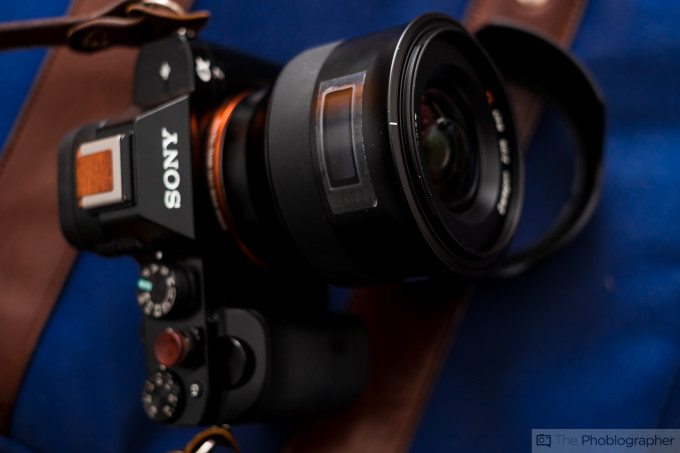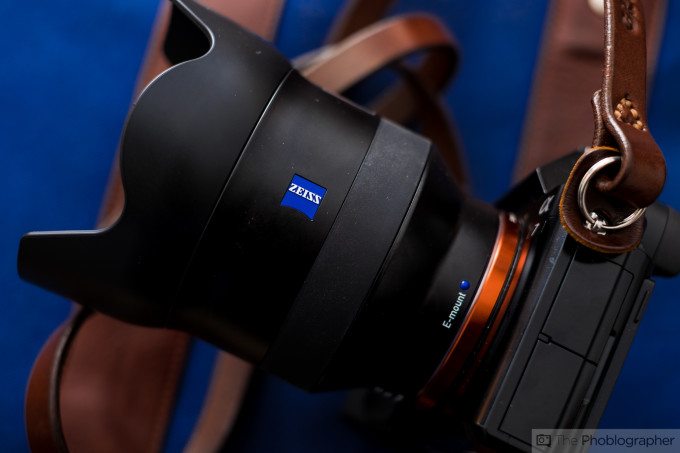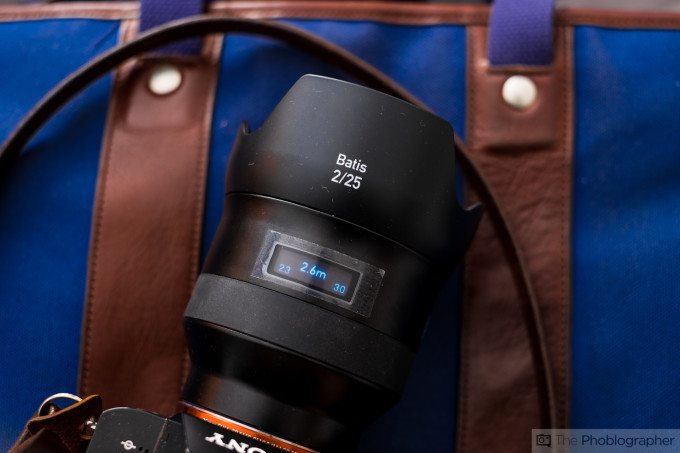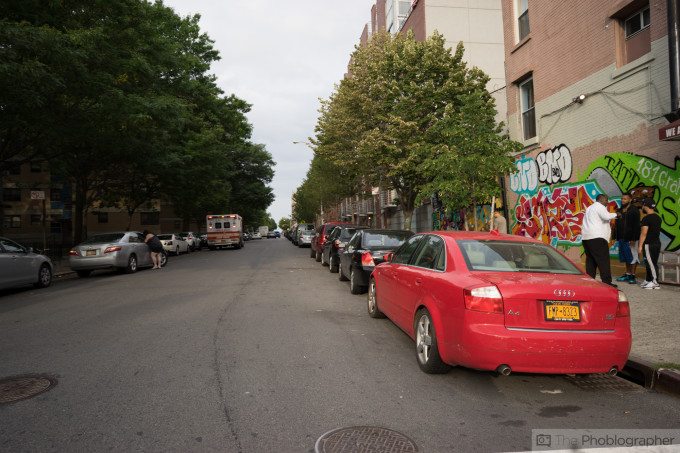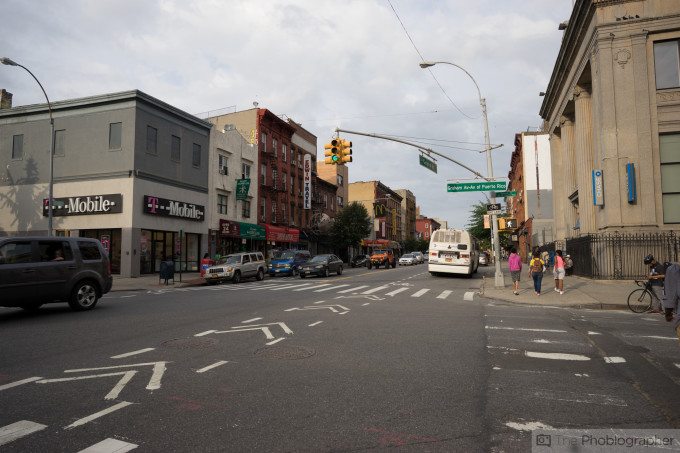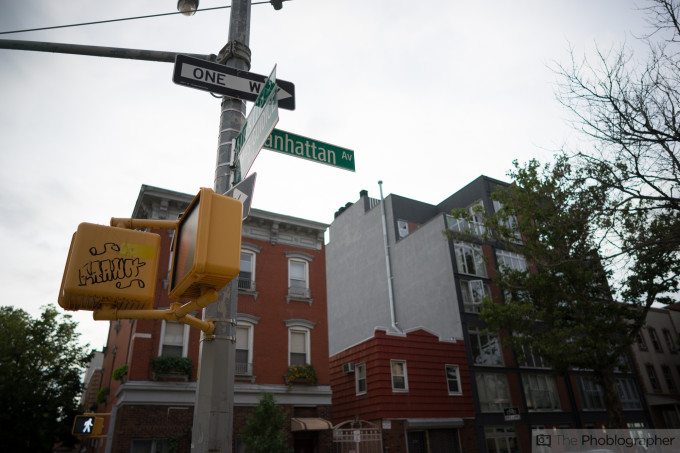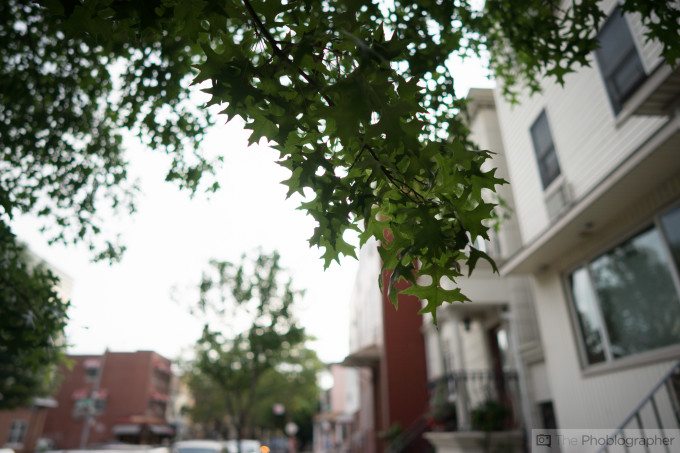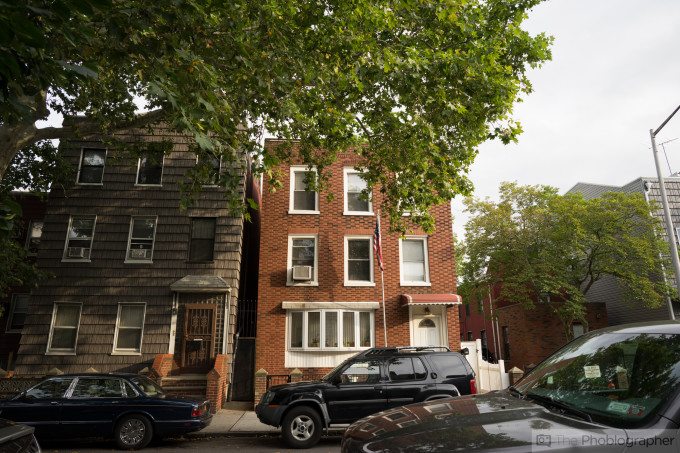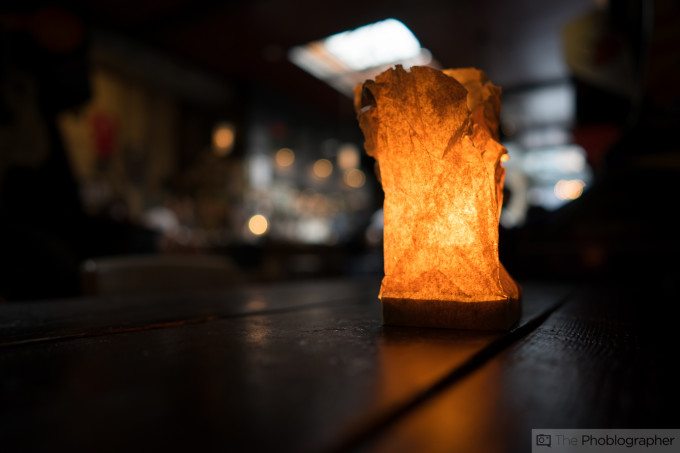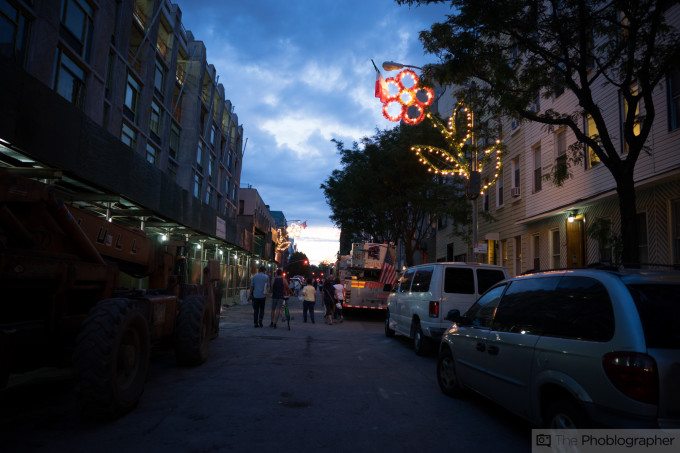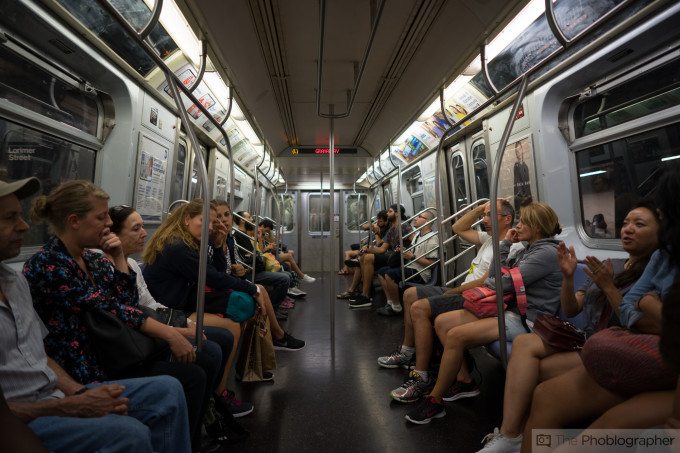Zeiss’s first lenses for Sony full-frame mirrorless cameras didn’t have autofocus and were branded the Loxia lineup. But soon after this the company announced a brand new lineup: the Batis. The Zeiss Batis lenses are an interesting new take on what lenses are these days. It eliminates the traditional distance/depth of field scale for a digital readout. This is much different from what any other manufacturer has done so far.
One of the first Zeiss Batis lenses is the 25mm f2 wide angle offering–perfect for the street photographer and also filling the gaps for many Sony shooter out there.
We’ve been using it for a couple of days now. Like our thoughts on many Zeiss lenses, we’re incredibly impressed.
Tech Specs
Specs taken from the B&H Photo listing
| Focal Length | 25mm |
| Aperture | Maximum: f/2 Minimum: f/22 |
| Camera Mount Type | Sony E (Full-Frame) |
| Format Compatibility | 35mm Film / Full-Frame Digital Sensor APS-C |
| Angle of View | 82° |
| Minimum Focus Distance | 7.87″ (20 cm) |
| Maximum Reproduction Ratio | 1:5.2 |
| Elements/Groups | 10/8 |
| Features | |
|---|---|
| Autofocus | Yes |
| Physical | |
|---|---|
| Filter Thread | Front:67 mm x 0.75 mm Pitch |
| Dimensions (DxL) | Approx. 3.19 x 3.07″ (81 x 78 mm) |
| Weight | 11.82 oz (335 g) |
Ergonomics
The Zeiss Batis 25mm f2 lens is pretty large for a mirrorless camera lens but pairs well with the Sony A7. The front of the lens sports a 67mm filter thread–which is quite large. The lens hood is petal style and helps protect that large front element.
Take the hood off of the lens and it becomes a much smaller package. The lens’s body is comprised of a metal exterior, a large rubber focusing ring, and the display screen readout.
The Batis lenses don’t have controls on them like aperture rings or MF/AF switches. Instead, you’ll set that via the camera.
Build Quality
Zeiss claims that their Batis lenses are dust and weather sealed; so far we haven’t taken it out into the rain but this pretty much matches what Sony offers with their A7 lineup–though Sony states that thy have dust and splash protection.
What has bugged us before about Zeiss’s new lenses is the addition of a rubber ring for the manual focus setting. In this case, it isn’t so bad and feels nice in the hand. However, we’d really love it if the ring had grooved teeth of some sort for extra textured grip.
Ease of Use
For the most part, we expect users to slap it onto a camera, focus, shoot and enjoy. When the camera is set to autofocus, the displays don’t come up on the lens. But when it is switched to manual focusing mode, the display changes to render information about the depth of field and distance.
It’s a bit new to us, and we have yet to get used to it.
Autofocus
The Zeiss Batis 25mm f2 seems to focus just as quick as many of Sony’s other lenses, but nothing seems to be as fast as the 28mm f2. We’re testing the lens on the Sony A7 with the latest firmware and so far it’s proving to be incredibly impressive. In fact, we have almost no problems using it for on-the-move candids partially because of the wide angle nature.
Image Quality
So far, we’re very impressed with the bokeh and sharpness that this lens is rendering, but we will save our final judgement for the review when it’s published. Here are some early image samples.
First Impressions
So far, we’re very impressed with the image quality from the Zeiss Batis 25mm f2 lens. Then again, we didn’t have any doubts. What will be the deciding factor is how it is in manual use and how the display rendering works out in the long run. For news videographers, it may be a nice option, but otherwise it’s a very new concept that is a bit alien to us.
Stay tuned for the full review.


